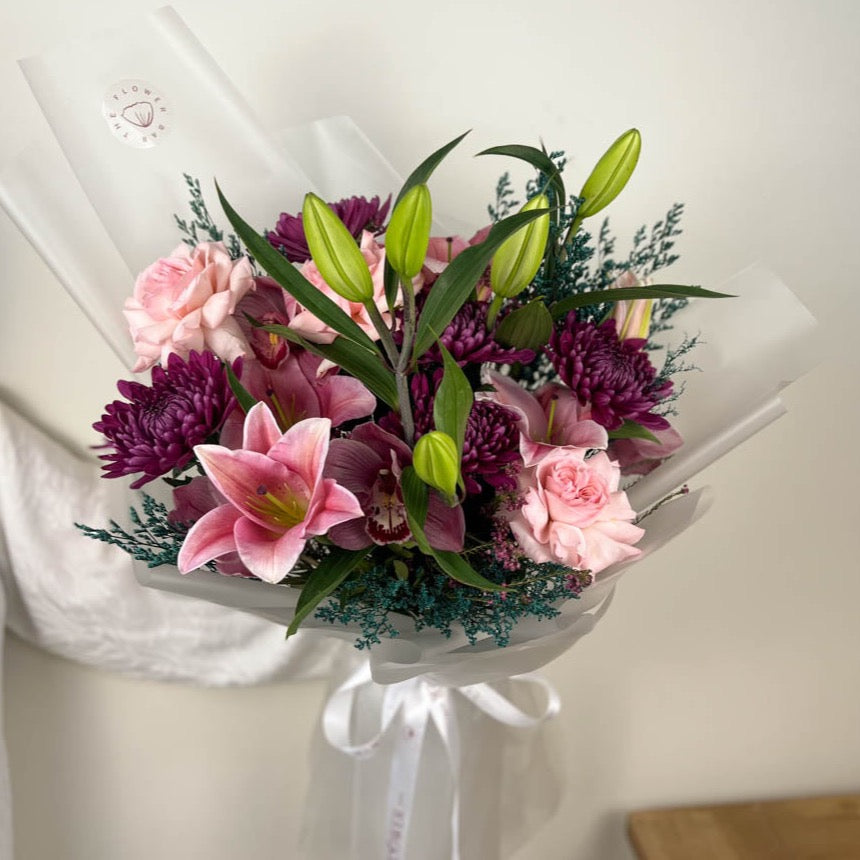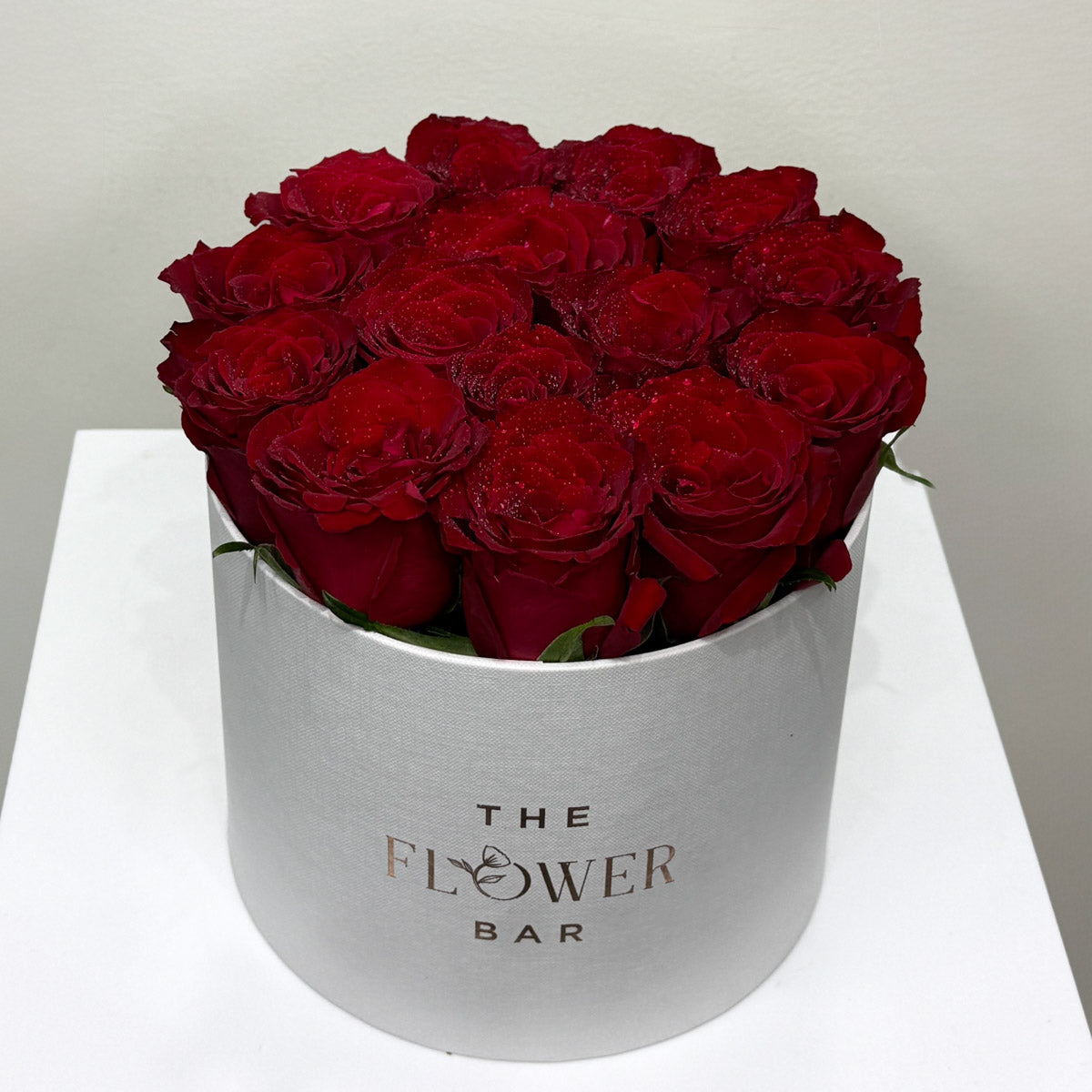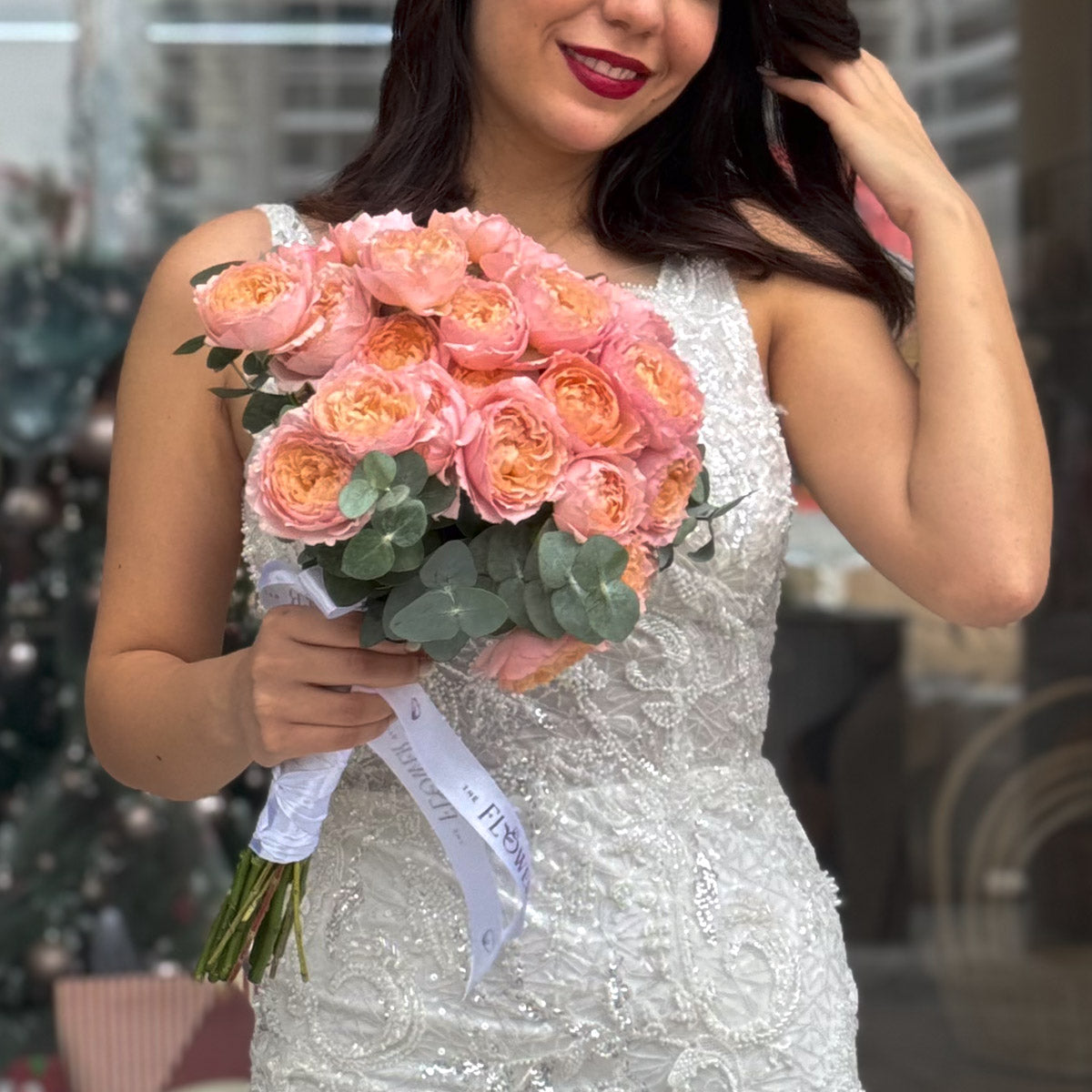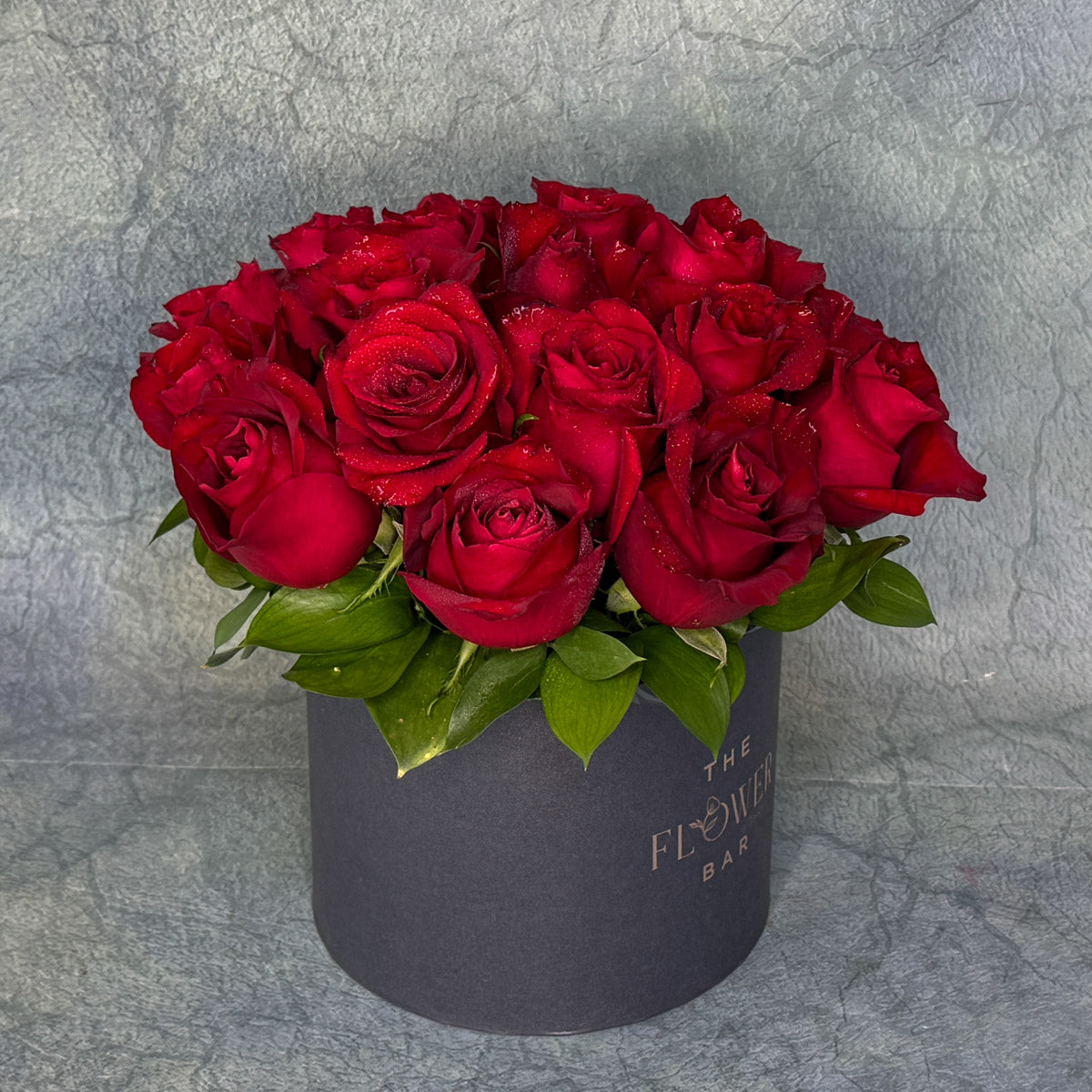1. Hybrid Tea Roses
Best for: Classic bouquets and elegant arrangements
These are perhaps the most recognisable roses—large, single blooms on long stems. Hybrid tea roses are bred for beauty and fragrance, often with a high-centred bloom form that opens gradually. They’re the stars of traditional rose arrangements and come in nearly every colour imaginable. Popular varieties include Peace, Mr. Lincoln, and Double Delight.
2. Floribunda Roses
Best for: Colourful gardens and mass plantings
Floribundas are known for producing clusters of smaller blooms rather than single large flowers. While they may lack the elegance of hybrid teas, they make up for it in abundance and vibrant colour. They bloom freely and continuously, making them perfect for creating a sea of colour in gardens. Varieties like Iceberg and Julia Child are especially popular.
3. Grandiflora Roses
Best for: Bold landscape features
A cross between hybrid tea and floribunda roses, grandifloras offer the best of both worlds: the bloom form of a hybrid tea and the flowering power of a floribunda. These roses are tall, robust, and bear blooms in clusters, making them excellent choices for back-of-border plantings. Queen Elizabeth is a notable grandiflora variety.
4. Climbing Roses
Best for: Trellises, pergolas, and garden arches
Climbing roses don't climb like vines but produce long canes that can be trained to grow up structures. They bring vertical drama to gardens and can transform fences and walls into flowering displays. Some varieties bloom just once a year, while others are repeat bloomers. Popular choices include New Dawn, Eden, and Don Juan.
5. Shrub Roses
Best for: Low-maintenance landscaping and hardy gardens
These are some of the most versatile roses available. Shrub roses are typically disease-resistant, cold-tolerant, and bloom prolifically throughout the season. English roses, developed by David Austin, fall into this category and are prized for their old-world charm and rich fragrance. Varieties like Gertrude Jekyll and The Poet’s Wife are beloved for their romantic appeal.
6. Miniature Roses
Best for: Container gardening and indoor displays
Don’t let the size fool you—miniature roses are hardy and often surprisingly resilient. These tiny versions of larger rose types have all the elegance of full-sized blooms in a compact form. They’re ideal for small spaces or as gifts. Popular varieties include Be My Baby and Bambino.
7. Ground Cover Roses
Best for: Covering bare spots and creating cascading effects
These low-growing roses spread horizontally and are excellent for filling gaps in landscaping or spilling beautifully over borders and walls. They require little maintenance and are often disease-resistant. Flower Carpet and Drift roses are commonly used for ground cover.
8. Old Garden Roses (Heirloom Roses)
Best for: Vintage charm and rich fragrance
These roses predate 1867 and include varieties like Damask, Bourbon, and Gallica roses. They are known for their incredible fragrance, full petals, and historical significance. While many bloom only once a year, their beauty and scent are unmatched.
9. Tree Roses (Standard Roses)
Best for: Formal gardens and visual impact
Tree roses are not a natural variety but rather a horticultural creation. They involve grafting a rose bush onto a tall stem, creating a lollipop-like form. Tree roses add elegance to walkways and garden entrances and can be crafted from any type of rose, including hybrid teas and floribundas.
Choosing the Right Rose
When selecting roses, consider the climate, garden space, purpose (decor, fragrance, show), and maintenance level. Some roses require more care, while others are nearly carefree. Whether you're seeking the bold beauty of a hybrid tea or the cascading charm of a climbing rose, there’s a perfect rose type for every need.
Final Thought
The rose’s enduring popularity lies not just in its beauty but in its diversity. From classic red blooms to pastel-hued petals, from ground-huggers to sky-reaching climbers, roses offer something for everyone. Understanding the different types of roses helps you appreciate their nuances—and perhaps inspires you to grow or gift the perfect bloom.




